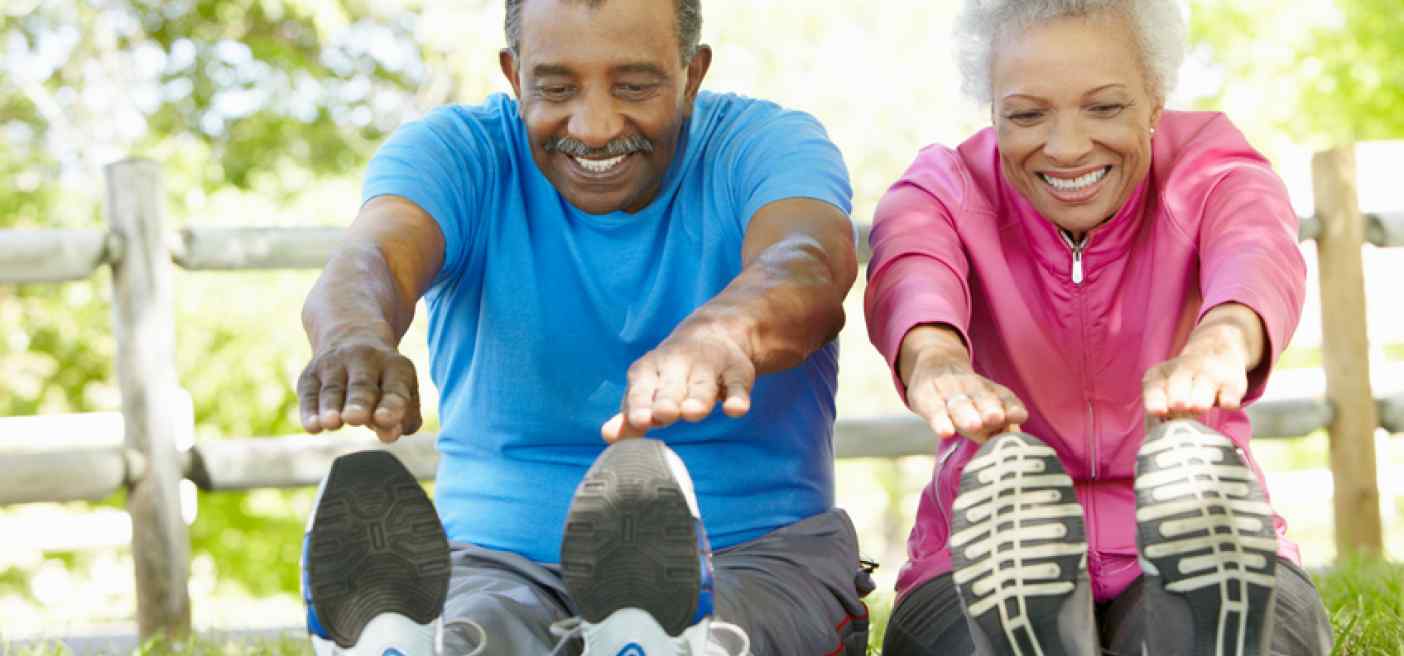Bone and Joint Action Week Promotes Healthy Habits for Seniors

Bone and joint health doesn’t get the attention it deserves. Musculoskeletal diseases like arthritis and osteoporosis affect nearly three out of four Americans over age 65. They’re the most common cause of long-term pain and physical disability worldwide, yet they receive fewer research dollars than many other health conditions, including some that are more easily treated.
» Download our free guide to home care, "From Crisis to Caregiver."
The United States Bone and Joint Initiative wants to change that. Bone and Joint Action Week, held October 12-20, 2017, aims to raise awareness of prevention, disease management, treatment, and medical advances related to these and other bone diseases. Because we all know someone who suffers from a bone or joint problem, in this blog we want to highlight some of the hidden dangers of bone disease, as well as a few things you can do to prevent and manage them at home.
Falls Are Serious Business
Falls are the leading cause of accidental death in the United States, and 75% of those deaths occur in people over 65. As many as 40% of elderly people living in the community fall each year, and the numbers are even higher in nursing homes. By 2020, the medical costs of fall injuries are expected to reach $44 billion. For many seniors, a fall marks the beginning of a downward spiral of deteriorating health, decreasing independence, and increasing care needs. Environmental factors like a slippery sidewalk or unfamiliar surroundings, and certain activities, such as rushing or walking through a dark room, increase the risk of falls. With the help of family or an attentive caregiver, most of these risks can be avoided. Other risk factors, like arthritis and osteoporosis are more complicated
Manage Arthritis and Osteoporosis to Reduce Risk
Because arthritis limits mobility and contributes to balance problems, it greatly increases the risk of falls. Doctors don’t yet understand arthritis well enough to know how to prevent it. Some risk factors are genetic. For instance, women with a family history of arthritis are more likely to develop arthritis themselves. Other risks can be managed. It won’t come as a surprise to learn that eating well, maintaining a healthy weight, and staying physically active can help prevent, or at least delay the onset of, some types of arthritis.
When a senior does fall, bones weakened by osteoporosis are more likely to fracture. Fortunately, osteoporosis is largely preventable. Getting enough calcium and Vitamin D and exercising regularly slows bone loss. Because substance abuse weakens bones, it’s a good idea to limit alcoholic drinks to two a day and avoid smoking. According to the Osteoporosis Foundation, prevention should begin in childhood. But whatever your age or your senior’s age is now, your bones can still benefit from healthier habits.
For More Information
World Arthritis Day on October 12 and World Osteoporosis Day on October 20 highlight these two common musculoskeletal diseases. Since 2007, hundreds of patients and caregivers have benefited from public education programs that present the latest medical research and treatments, ways to reduce pain while remaining active, and strategies that help seniors feel more confident about living an independent life. This year these programs are available in many communities and online.
